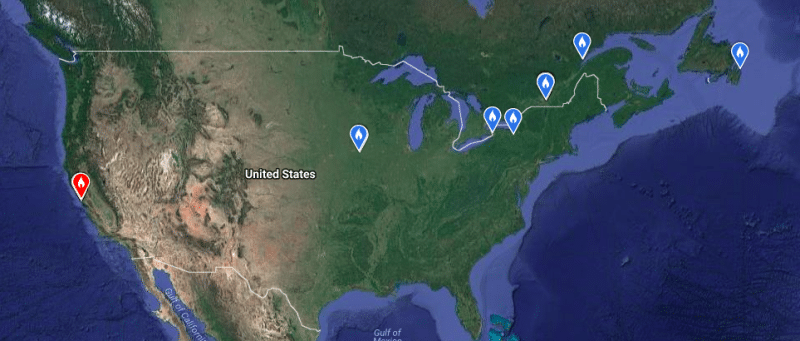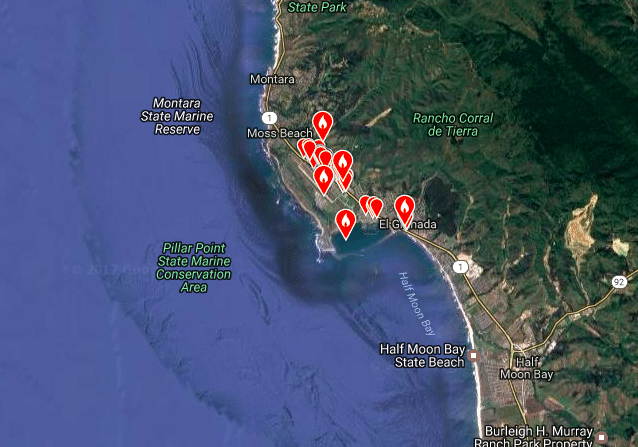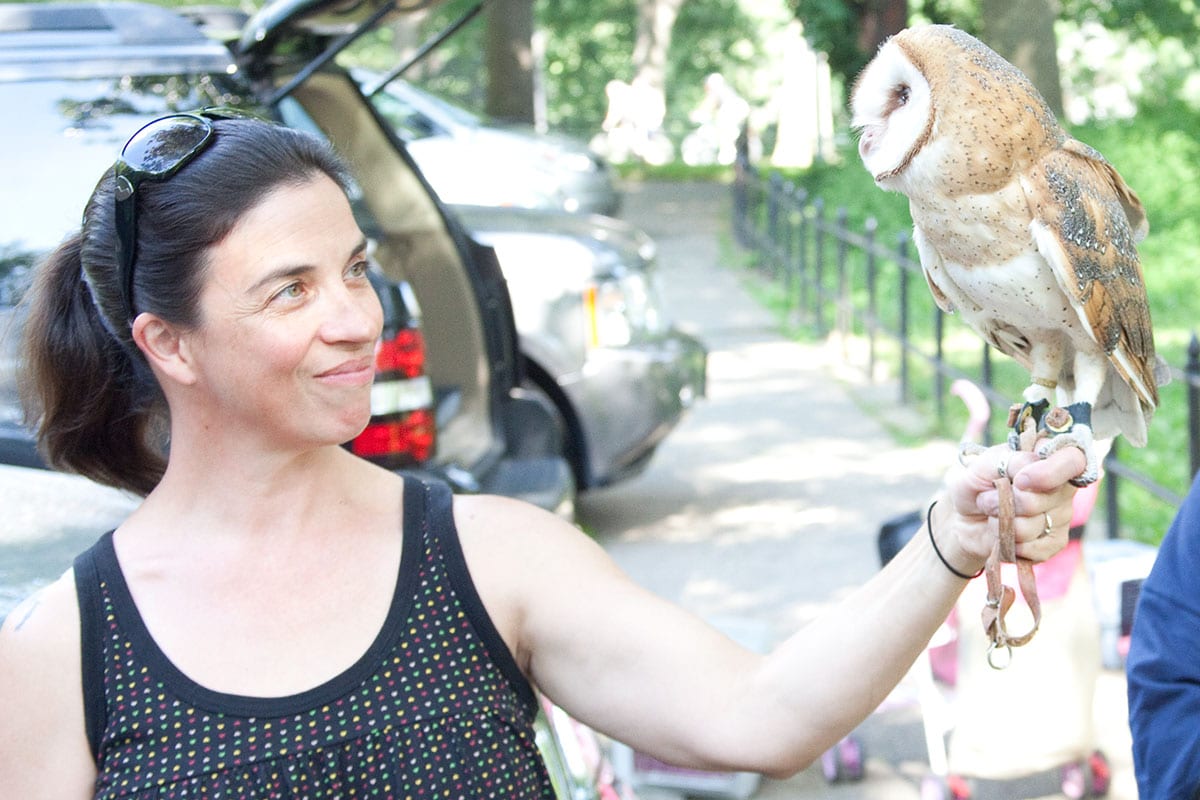Congradulations NYC Audubon
After years of research and lobbying, NYC Audubon, along with a consortium of partners has gotten Initiative 1482B, the Bird Safe Glass Bill passed and sent off to the mayor, who is expected to sign the bill into law. NYC Audubon’s press release is here.
I’m so proud of the staff, board and members of NYC Audubon. This has been years in the making and included the extensive documentation of bird fatalities by scores of volunteers of Project Safe Flight who created the D-bird database. The hard work has paid off.


